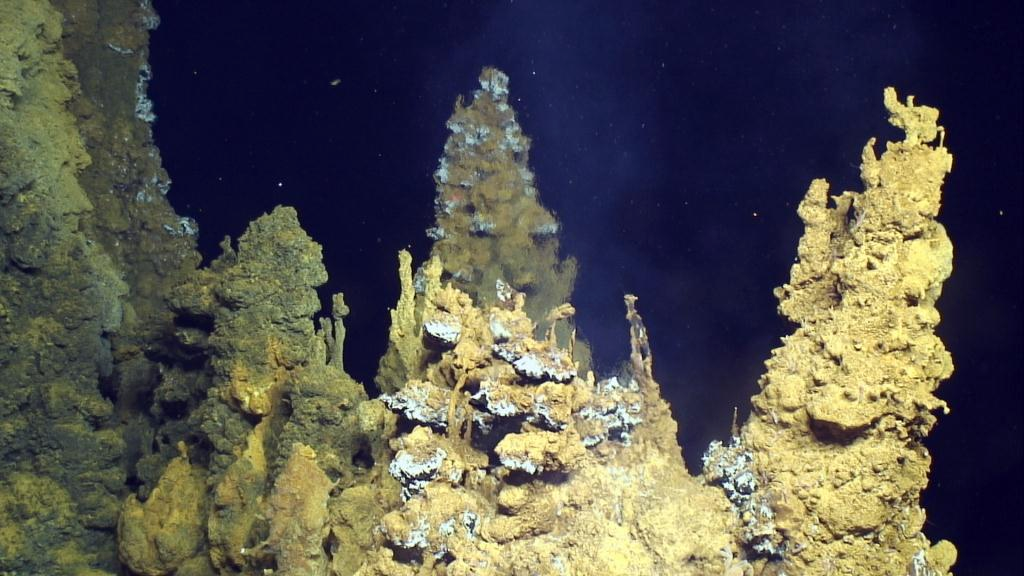Written by Nera Kuljanic

Exploration and exploitation of the deep sea in search of marine minerals and genetic resources have received increased attention over the past 15 years. Developments in biotechnology and sub-marine technologies, together with the scarcity and rising prices of new materials, are changing the business case for extending activities in the marine environment. However, many caveats remain concerning knowledge gaps and risks. These need to be clarified before large-scale deep-sea exploitation could take place.
The STOA study on ‘Technology options for deep-seabed exploiting – tackling economic, environmental and societal challenges’ investigated the state of play of deep sea exploration and exploitation. Lead Panel Member for the study was Marijana PETIR, member of the STOA Panel.
What resources are there in the deep sea?
The deep sea starts where the continental shelf ends, at depths greater than 200 meters. Deep sea resources are thus generally found in the high seas and beyond the Exclusive Economic Zones of nation states, which complicates the legal framework. Raw material resources include minerals of high interest to miners, such as poly-metallic nodules, poly-metallic sulphides and cobalt-rich ferromanganese crusts, which contain copper, manganese, cobalt, zinc and rare earths, but also gold and silver. Genetic resources are used by the pharmaceutical, biotechnology and cosmetic industry to develop new medicines, chemicals and cosmetics.
Deep-sea mining
Industry and researchers have a good overview of sites that could be interesting for further exploration, but uncertainties in terms of concentrations and size of raw material resources hinder a robust assessment of the commercial viability of mining projects, all of which require substantial investments. With regard to the technological breakthroughs, much has been learnt from deep-sea oil and gas drilling, and the industry seems confident that it is a matter of time before offshore mining will begin. However, there are no commercial activities to date and prospects have been repeatedly delayed. There are uncertainties in the legal framework and large gaps regarding environmental and societal impacts of large-scale deep-sea mining.
Bioprospecting
In terms of biological resources, there are no uncertainties in terms of deposits, as scientific evidence shows a large potential for finding new genes. With more than 1.2 million previously undescribed genes in one cubic meter of water, some estimates say it would take us 250 to 1000 years before all species are analysed. Here, the main technological challenges are not in the marine environment, but in labs on land. In comparison with marine mineral resources, the environmental and societal impacts of exploration and exploitation are expected to be less significant considering that underwater sampling is limited and the main part of the value chain takes place in the labs.
Position of the EU
The European industry is at the forefront of exploration and exploitation of deep-sea resources. The EU has actively supported a number of research initiatives on deep-sea resources, mainly through the FP6, FP7 and Horizon 2020 programmes. However, public support and an adequate legal framework for operation at EU and Member State level are important for the success of the sector.
Policy options
The study gives several policy options for the EU. These include supporting a pilot mining project, contributing to the development of a legal framework, encouraging cooperation and knowledge sharing among different industrial sectors and between industry and research, improving the knowledge base, or alternatively resorting to increased recycling rather than deep-sea mining.








Be the first to write a comment.